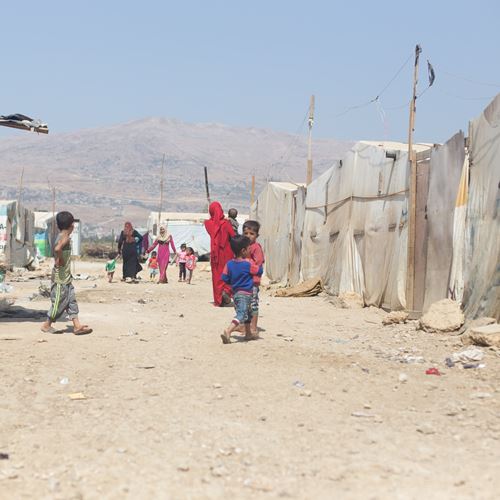
Lebanon
DRC has been delivering humanitarian programming in response to various humanitarian crises in Lebanon since 2004, working with Palestinian, Iraqi and Syrian refugees, but also with vulnerable Lebanese host populations, including those affected by the Beirut Port explosion in 2020.

Displacement trends
Source: | UNHCR
Displacement Trends
Definitions
EDPs: Refugees under UNHCR’s mandate
IDPs: Internally displaced persons
Asylum seekers: People whose claims for refugee status have not yet been determined
Stateless: People not considered as nationals by any State
HST: People living in Host Communities
OIP: Others in need of International Protection
OOC: Others of Concern
Forecast
DRC forecasts are based on a machine learning tool that has been developed to predict forced displacement (IDPs, refugees and asylum seekers) at the national level 1-3 years into the future.
What we do
DRC Lebanon’s focus is to improve the protective environment and the living conditions of displacement-affected populations, as well as contributing to the achievement of durable solutions.
DRC has been delivering humanitarian programming in response to various humanitarian crises in Lebanon since 2004, working with Palestinian, Iraqi and Syrian refugees, but also with vulnerable Lebanese host populations, including those affected by the Beirut Port explosion in 2020.
DRC implements a multi-sectoral humanitarian response in Lebanon and is present across the country, particularly in vulnerable areas that are home to the highest concentrations of Syrian refugees.
These areas include North Lebanon, Akkar Governorate, Central, West and North Bekaa, in conjunction with local partners.
Working in collaboration with


European Civil Protection and Humanitarian Aid Operations

Danish Ministry of Foreign Affairs

Novo Nordisk Fonden

US Department of State



